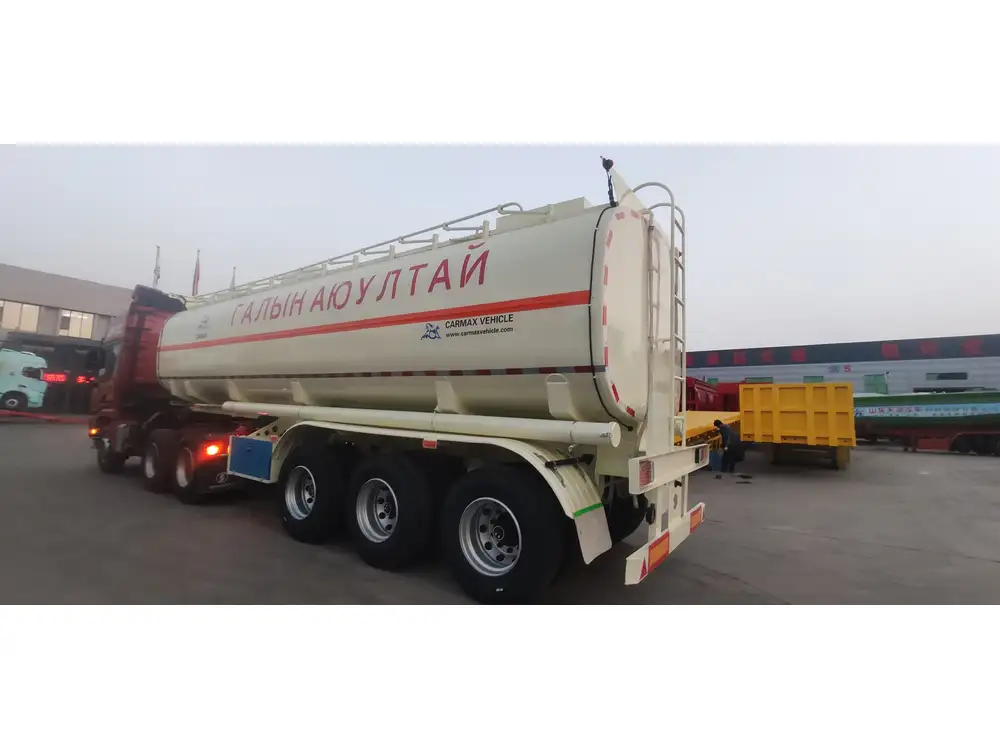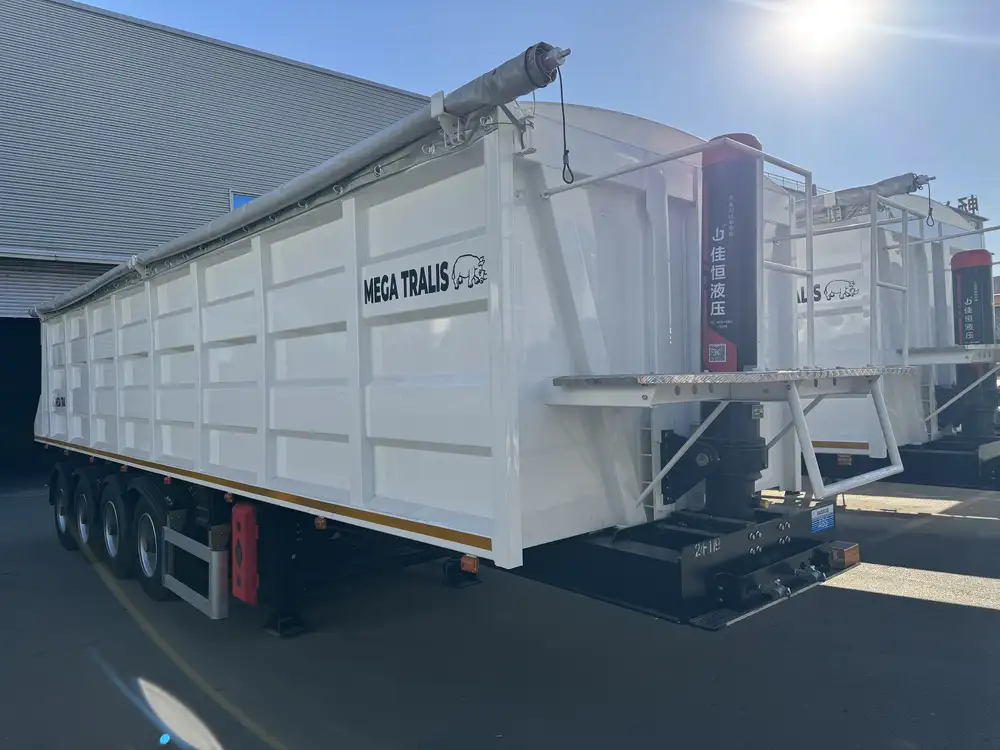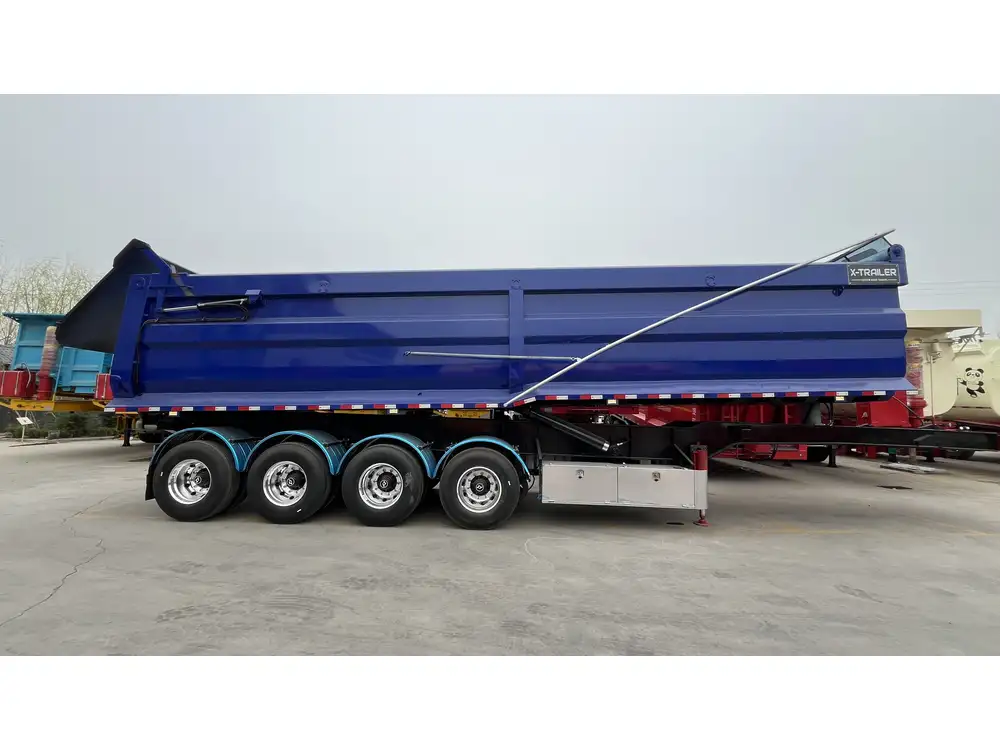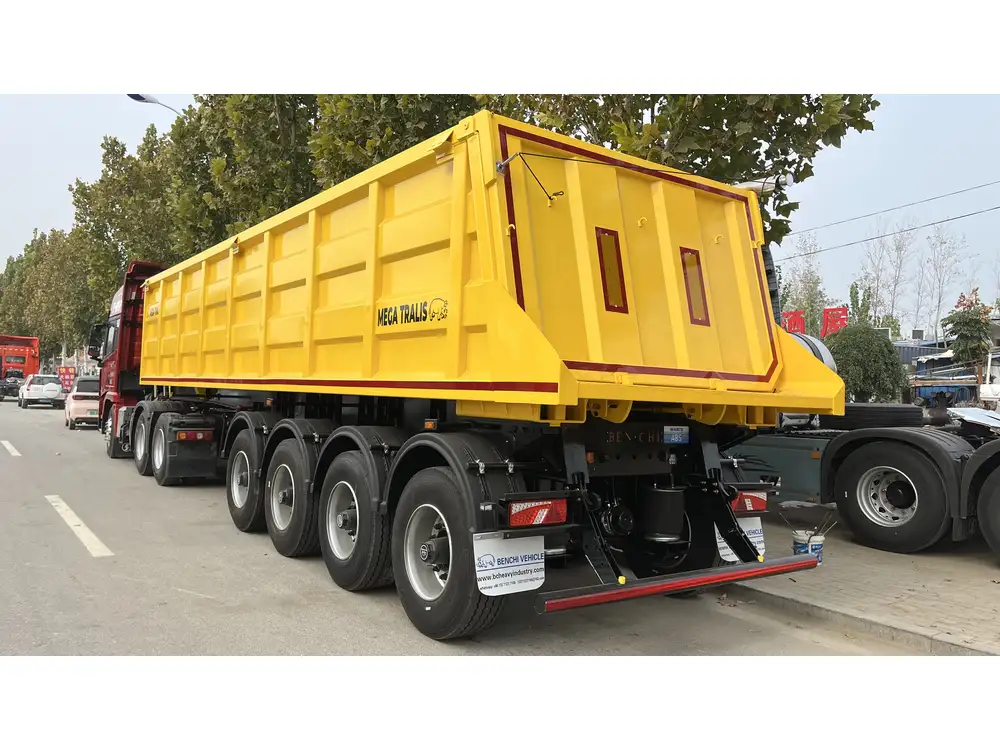In the world of logistics and transportation, mastering the art of backing up a semi-trailer is a skill that can make or break a driver’s confidence and safety on the road. It’s a complex maneuver that demands precision, spatial awareness, and an understanding of the mechanics of large vehicles. Whether you are an experienced driver looking to refine your technique or a newcomer seeking to establish a strong foundation, this guide is tailored to enhance your abilities and instill a sense of assurance as you navigate this essential task.
Understanding the Basics of Semi-Trailer Dynamics
Before delving into techniques and strategies, it’s imperative to grasp the fundamental dynamics at play when backing up a semi-trailer. The unique structure of a semi-trailer—comprised of the tractor unit and the trailer—results in an articulated vehicle that behaves differently than standard passenger cars.
Key Components and Their Roles
- Tractor Unit: The front portion that contains the engine and is responsible for power and steering.
- Trailer: The rear portion that carries the cargo, pivoting at the fifth wheel hitch.
- Fifth Wheel: The coupling mechanism that connects the tractor to the trailer and allows for articulation.
Through understanding the role of each component, drivers can better anticipate how the entire vehicle will behave during a backing maneuver.

Preparing for the Maneuver: Key Considerations
Preparation is crucial in any backing operation, not just for ensuring safety, but also for maximizing efficiency. Consider the following factors before engaging in the backing process:
1. Site Assessment
- Environment: Evaluate the area you will be backing into. Is it a tight loading dock or a spacious yard?
- Obstacles: Identify potential hazards such as other vehicles, pedestrians, and structural components that may obstruct your path.
- Visibility: Confirm that you have a clear line of sight. Utilize mirrors and auxiliary cameras if available.
2. Positioning the Tractor
- Align the tractor unit parallel with the intended direction of the trailer.
- Ensure the tractor is positioned correctly based on whether you need to back left or right.

Step-by-Step Guide to Backing Up a Semi-Trailer
Now that the preparations are complete, it’s time to explore the intricate steps involved in effectively backing up a semi-trailer.
Step 1: Use Your Mirrors Wisely
Mirrors are an invaluable tool in backing up. Adjust your side mirrors to maximize visibility and minimize blind spots.
- Convex vs. Flat Mirrors: Convex mirrors can enhance your coverage, providing a wider view of the surroundings.
- Check Frequently: Continuously monitor your mirrors throughout the maneuver rather than glancing only at the beginning.
Step 2: Initiate the Reverse
Put the vehicle in reverse, but do so gradually.
- Gentle Movements: Avoid sudden accelerations. Smooth transitions will give you better control over the trailer’s trajectory.
- Turn the Wheel: If you need to adjust the trailer’s direction while reversing, gently turn the steering wheel in the direction you want the back of the trailer to go.

Step 3: The Jackknife Angle
As you initiate the backing process, be cautious of the jackknife angle, which occurs when the tractor and trailer form a sharp angle.
- Monitoring the Angle: If the angle becomes too severe, it may lead to potential collision with the tractor or damage to the trailer.
- Correcting the Jackknife: To mitigate this, reposition by rolling forward slightly and re-initiating the reverse while maintaining a gentle steering input.
Step 4: Set the Trailer’s Path
Identify where you want the trailer to go.
- Alignment: Visually align your trailer with the path or spot where it needs to be positioned.
- Use your Markers: Whether it’s cones, guide rails, or painted lines, utilize them to ensure correct distances.
Step 5: Making Adjustments
As the trailer begins to enter the desired area, minor corrective adjustments will likely be required.
- Use Small Movements: Turn the steering wheel in small increments to delicately influence the trailer’s path.
- Don’t Rush: Take your time—speed can lead to errors.

Step 6: Complete the Maneuver
Once the trailer is lined up correctly, safely bring the vehicle to a complete stop.
- Finalize Positioning: Ensure that the trailer is straight, aligned with any dock or designated area it needs to occupy.
- Secure the Vehicle: Set the parking brake and place the vehicle in park before exiting.
Common Mistakes to Avoid
As in any skillset, there are common pitfalls associated with backing a semi-trailer. Avoiding these mistakes is critical to perfecting your technique.
| Mistake | Description | Prevention |
|---|---|---|
| Rushing the Maneuver | Haste can lead to accidents and misjudgments. | Take your time and remain patient. |
| Neglecting Mirrors | Not checking mirrors results in blind spots. | Regularly monitor mirrors during the maneuver. |
| Improper Communication | Failure to communicate with ground personnel. | Use hand signals or a two-way radio. |
| Ignoring the Environment | Overlooking external factors like weather and terrain. | Always assess conditions before backing up. |
| Oversteering | Excessive steering can lead to jackknifing. | Keep steering movements minimal for control. |
Advanced Techniques for Expert Drivers
After mastering the fundamental techniques, drivers can advance to more nuanced methods that cater to complex scenarios:

The Blind Spot Technique
In tight spaces where visibility is severely restricted, employing the blind spot technique is essential. This involves utilizing a ground crew or spotter, who can guide you through narrow spaces while monitoring the blind spots for you.
Utilizing Technology
Modern technology in trucking introduces various assists to improve backing maneuvers:
- Backup Cameras: Providing a real-time feed of the rear area.
- Sensors & Alarms: Alert you to the proximity of obstacles.
- Smart Navigation Systems: These can enhance overall route planning, including backing up into challenging sites.
Training and Practice: The Path to Mastery
Continuous improvement is key in honing your skills as a semi-trailer driver. Investing time in formal training programs or practice sessions can significantly enhance your proficiency.

Local Driving Schools
Many driving schools offer specialized courses on backing techniques. Engaging with professionals can provide tailored feedback.
Simulation Training
Utilizing driving simulators can offer a safe environment to practice backing up without the risk of real-world consequences.
Conclusion
Backing up a semi-trailer is undoubtedly a challenging task, but with the right knowledge and practices, it can become a routine operation performed with confidence. By understanding the dynamics of your vehicle, meticulously preparing for each maneuver, executing the steps methodically, and learning from mistakes, any driver can excel in this vital skill.
Through ongoing practice, focused training, and a commitment to safety, you’ll find that not only does your backing technique improve, but so does your overall competence as a professional driver on the road. In the trucking industry, confidence behind the wheel translates directly into efficiency and safety—both crucial for long-term success.



